I know what you’re thinking … how could you possibly lose yourself along busy Route 23 in Eastern Lancaster County? The answer is simple; turn onto any of the backroads and you’ll discover all sorts of treasures and curiosities.
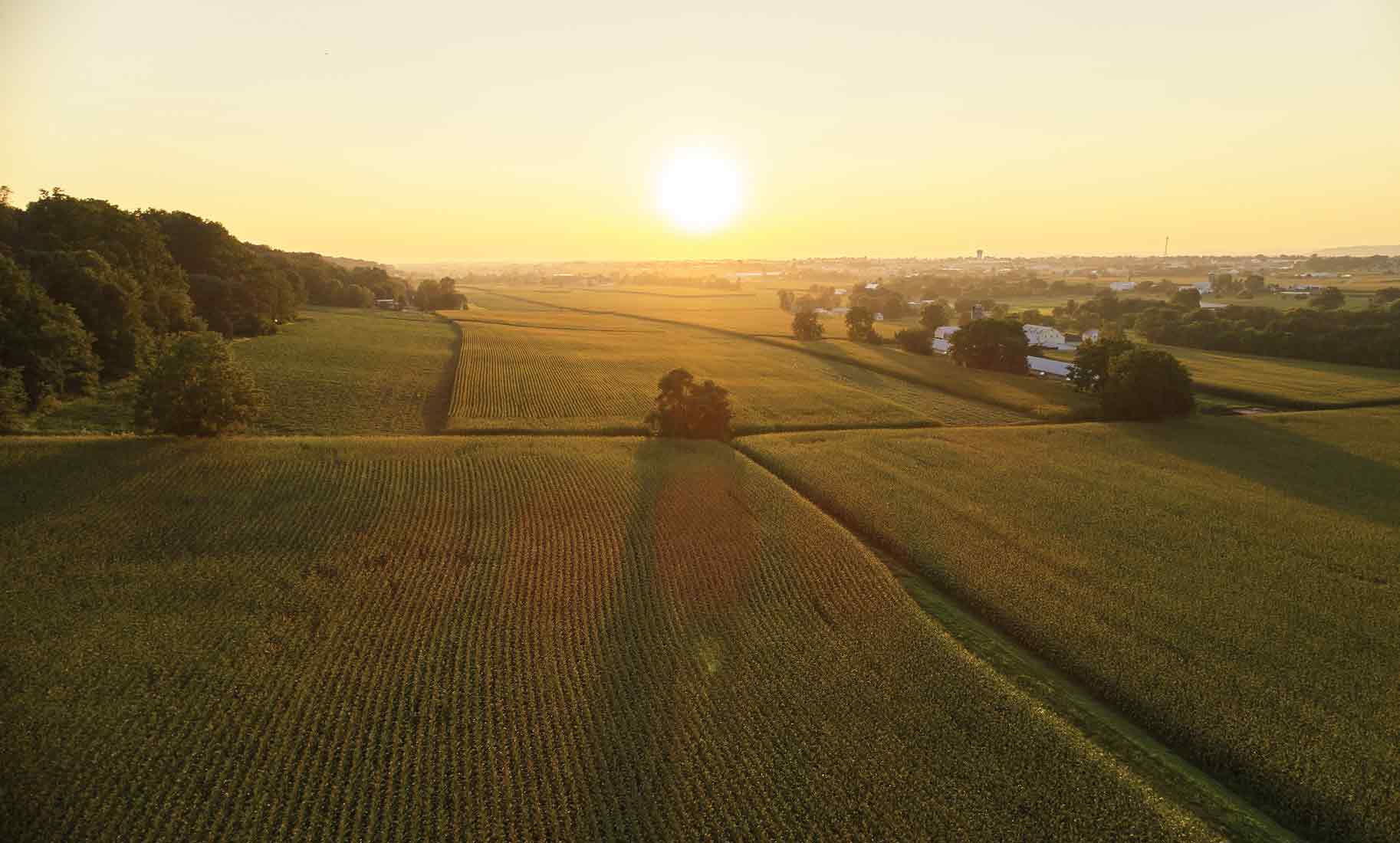
Looking west, the drone shot takes in the treeline of the Welsh Mountains, acres of fertile farm fields and the town of New Holland.
I will admit that I don’t spend as much time in this part of the county as I would like. As a kid, I remember my family taking excursions to New Holland to play miniature golf at a course along Route 23. To this day, I try to figure out where it was located. In the ’80s I worked at Good’s Furniture in New Holland and got to know the stores and restaurants in that area. I also discovered the backroads and kept my bike at work during the week so that I could ride over lunch or at the end of the day. Since then, I’ve been to the fair a few times (I even won a blue ribbon for a needlework entry), explored the area via the Best Kept Secrets Tour, frequented garden tours and visited a few restaurants (Fox Meadows calls to me). As the editor of the magazine, I’ve been involved in a few feature stories about the area. Lately, I’ve been attending concerts at the park in New Holland, one of which included a near head-on collision with a runaway horse on Jackson Street. Only in Lancaster County!
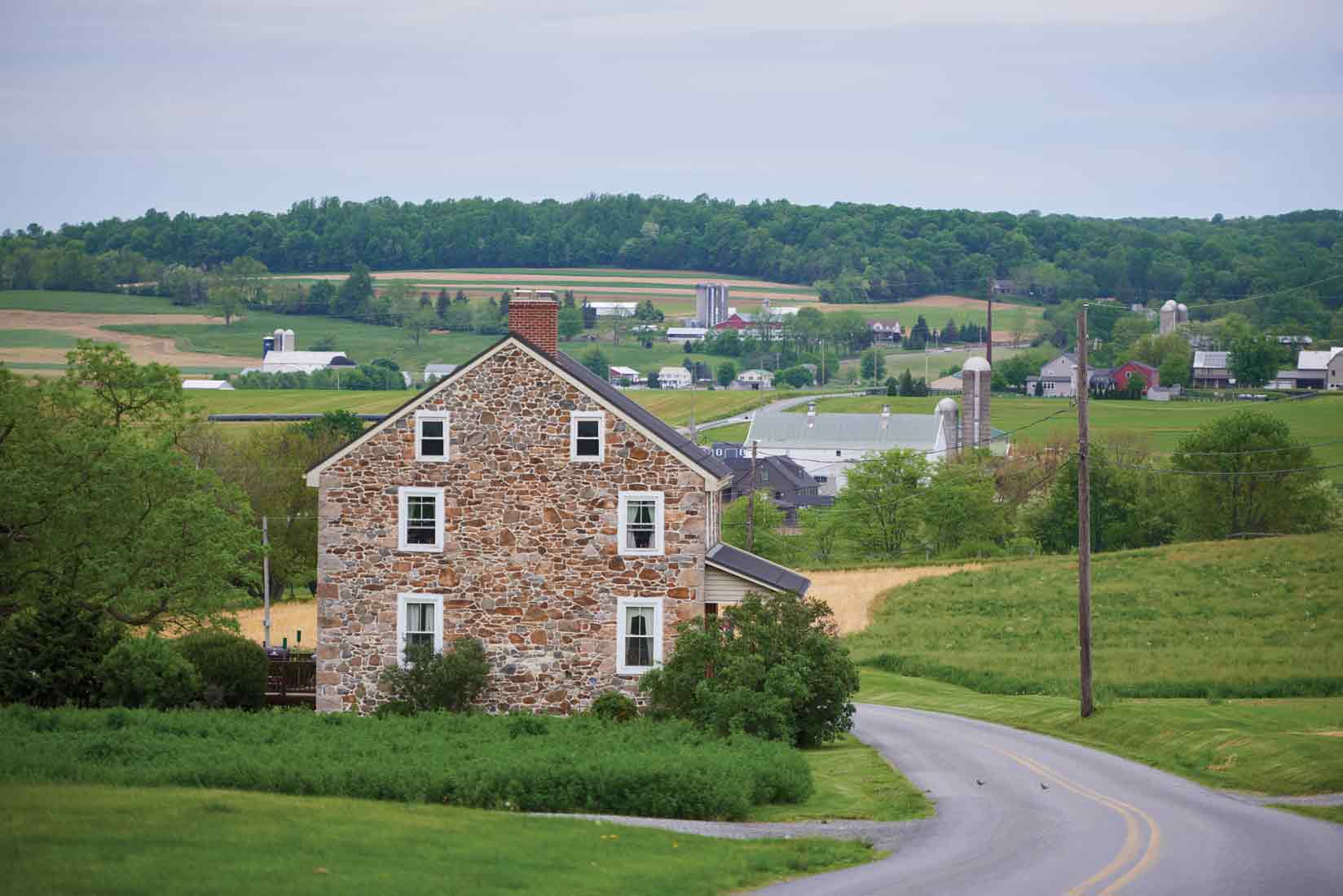
Turn off Route 23 in either direction and winding country roads take you past farms, small businesses and other finds waiting to be discovered.
Fortunately, I had a tour guide – photographer Jordan Bush – to help me become reacquainted with the Route 23 corridor. Jordan grew up in the area and knows the country roads like the back of his hand. His fiancée, Jessica, who grew up in southern New Jersey, finds them to be confusing, telling Jordan they all look the same. In Jordan’s opinion, that’s part of the charm of this area of Lancaster County – you never know what you’ll discover.
That was obvious the first day we started our tour. It was Thursday, May 9. Everywhere we went, we saw “closed” signs. Then, it occurred to Jordan that it was Ascension Day. Falling 40 days after Easter, it commemorates Jesus’ ascension into heaven. Apparently, not all Amish communities observe the day. However, in Lancaster County, it’s an important day on the calendar, as it’s devoted to prayer, reflection and family gatherings. Amish-owned businesses close for the day. For some, it equates to a quiet day at home and for others it’s a day to gather with family and friends and enjoy a potluck meal.
So, we regrouped and spent the day taking in the beauty of Historic Poole Forge (where an Amish family was enjoying a picnic, and buggies traversed the covered bridge) and marveling at the Bangor Episcopal Church and the architecture of Churchtown.
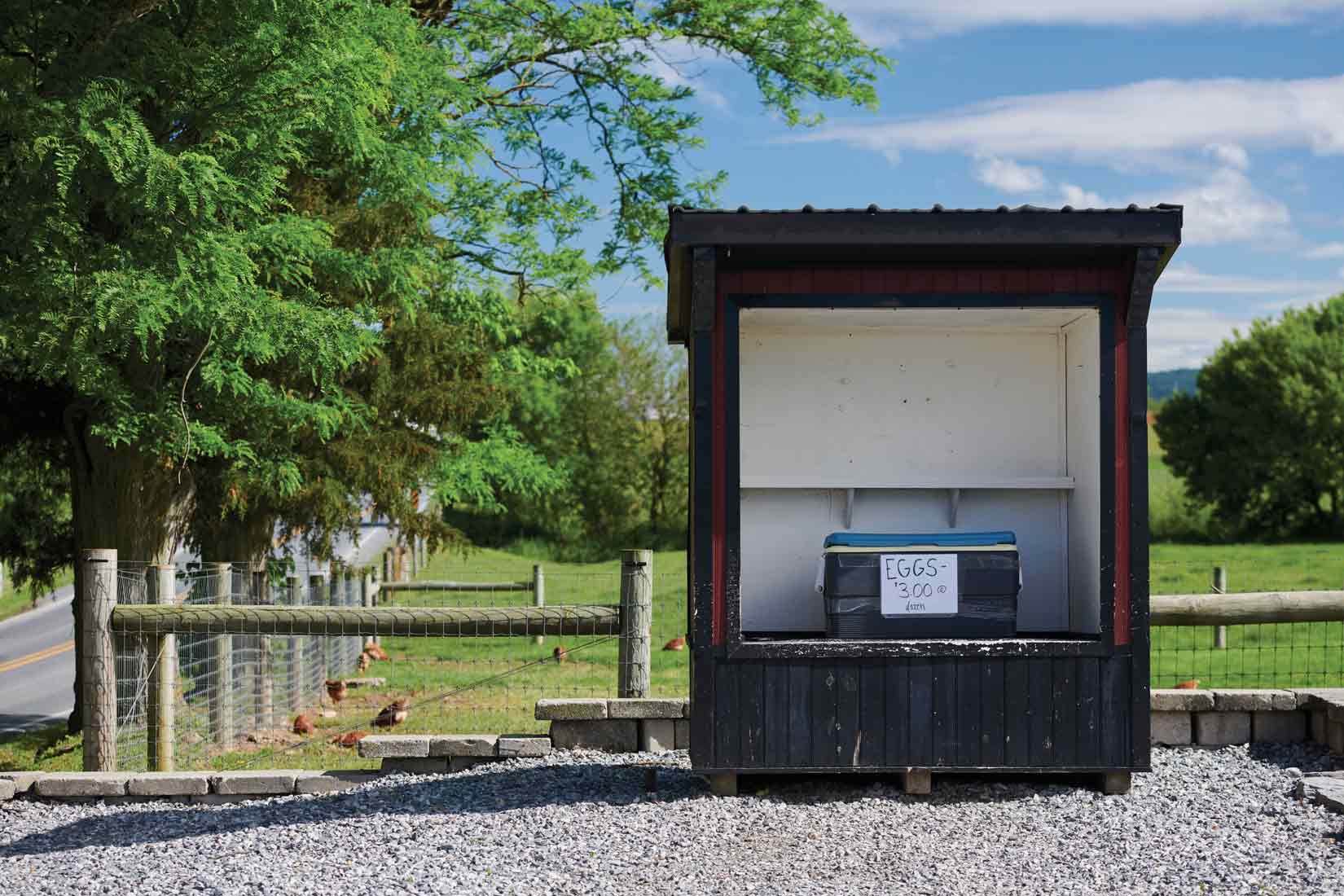
A farmstand along Brethren Church Road in Leola offers farm-fresh eggs that are kept cool in an ice chest and are sold on an honor basis. It can’t get much fresher than this! The free-range chickens roam the field behind the farmstand.
The following Thursday, we took in the action at the Leola Produce Auction, ate our way up and down Route 23 and walked off the calories during a nearly mile-long tour of Case New Holland. Jordan also introduced me to some amazing off-the-beaten-path greenhouses, which I returned to on Saturday (thank goodness for GPS, although Siri’s pronunciation of some of the road names required some translation).
Between the tour and doing research, I found myself agreeing with both Jessica and Jordan. The backroads can be confusing (especially Farmersville Road) and look the same, but the scenery and treasures you come across make for an enjoyable day.
Yes, the area is known for large industries such as Case New Holland and Eurofins (among others), but when you drive the backroads, it’s obvious that the area fuels America from both an agricultural and home-building perspective (there’s a reason why Route 23 is referred to as “Kitchen Alley”). Long-held traditions are also alive and well in this area of the county thanks to The New Holland Band, Memorial Day observations and the New Holland Farmers Fair.
I found myself repeating two phrases: “I didn’t know that” and “I didn’t know that was here.”
A Little History
The Route 23 corridor is rich in history. Settled by European immigrants in 1723, Leola was originally part of Bareville, which was founded by Andrew Bare, and became the site of one of the colonies’ first distilleries. Ingredients for spirits were in such high demand that area farmers devoted a majority of their crops to distilling. In 1896, Leola became its own entity. The name was derived from Leacock (the township in which it is located) and the suggested name of Glenola.
Traveling east, New Holland is your next stop. John Diffenderfer is credited as being its first settler. He arrived in Philadelphia from the German Palatinate in 1728 and headed west. Others followed, notably the Amish, Mennonites and members of other Plain sects. The heavily forested area was balanced by fertile fields, thus establishing the area’s agricultural roots.
When Lancaster County was established in 1729, the area was designated as Earl Township. The town became known as Earl Town. When a post office was established in 1802, a new name was suggested. New Holland honors the people of Holland, who aided those who were leaving Europe and seeking religious freedom in the New World. New Holland is celebrating its 125th anniversary as a borough this year.
Continuing east, your next stop is Blue Ball. One of the county’s more “colorfully” named hamlets, it derives its name from The Sign of the Blue Ball, a hotel established at the main crossroads of two Indian trails. It was owned by Irish immigrant, John Wallace, who positioned a blue ball at the hotel’s entrance. The crossroads village embraced the identity and in 1833, Blue Ball became its official name. The building endured until 1997, at which time it was razed.
Travelling along Route 23, you’ll be treated to vistas of farmland and pass through the village of Goodville, which was established in 1815 and named in honor of Peter Good, an early settler.
The final stop is Churchtown, which is so-named for the Bangor Episcopal Church, which was one of the first Church of England congregations to be formed in the colonies. The Churchtown/Narvon area prospered during the 1700s due to the rise of the iron industry.

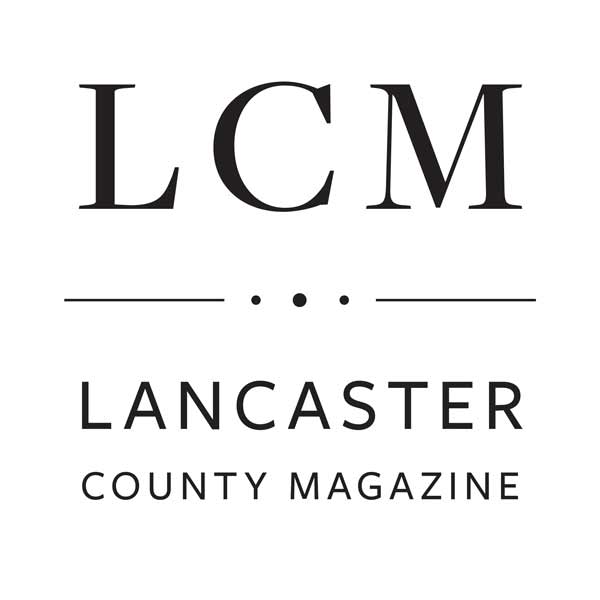
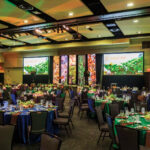
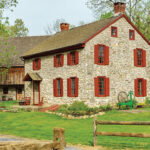

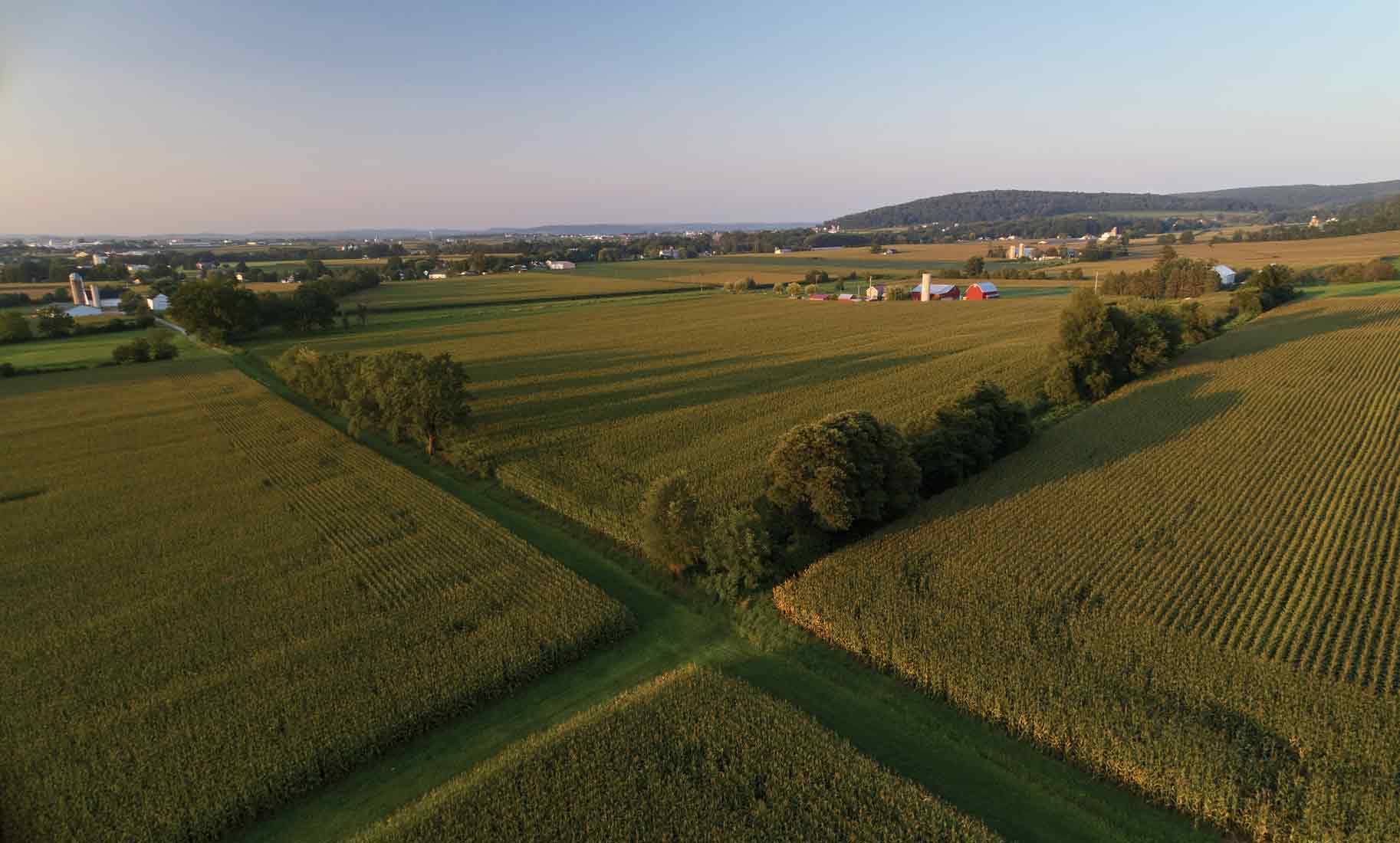

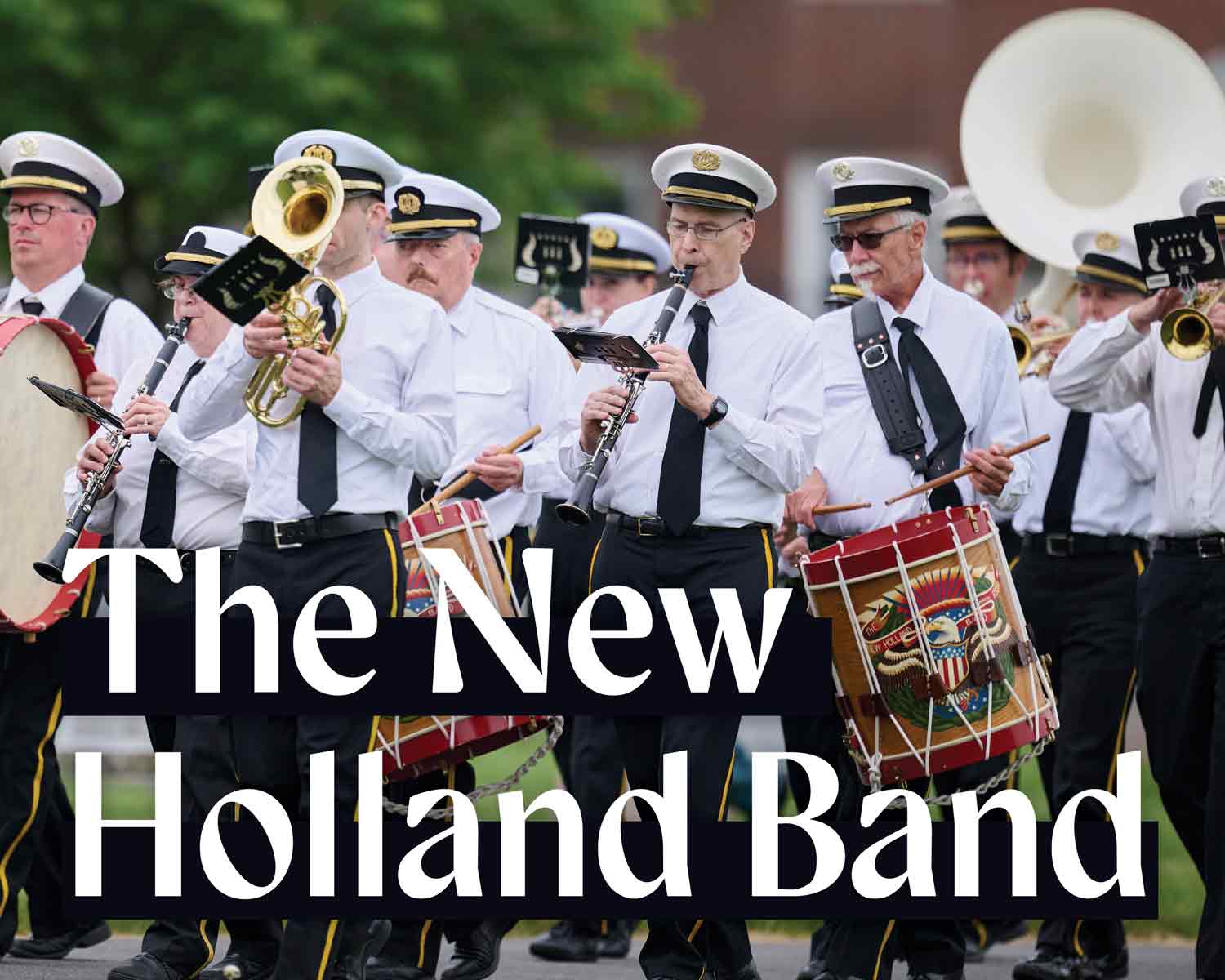
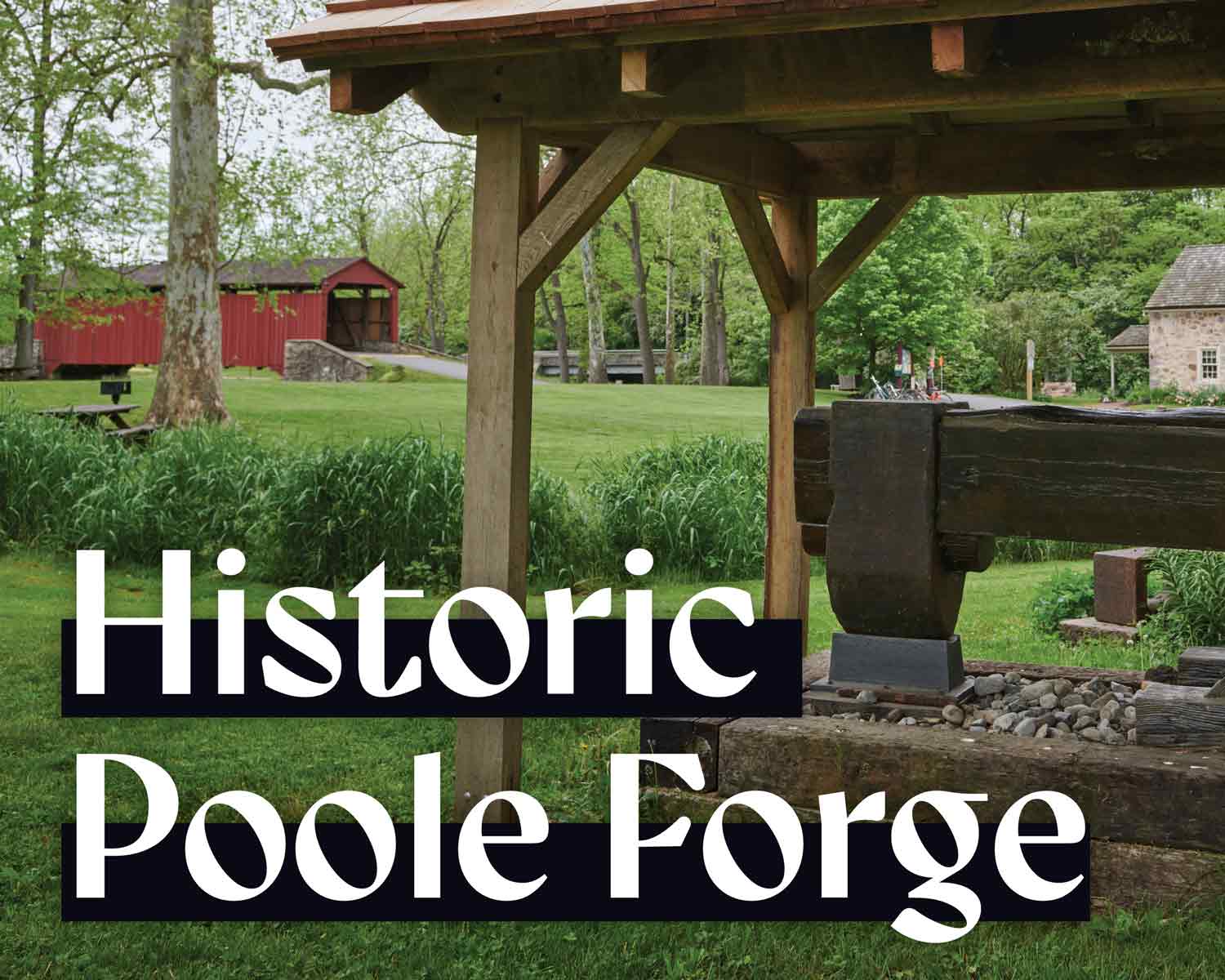
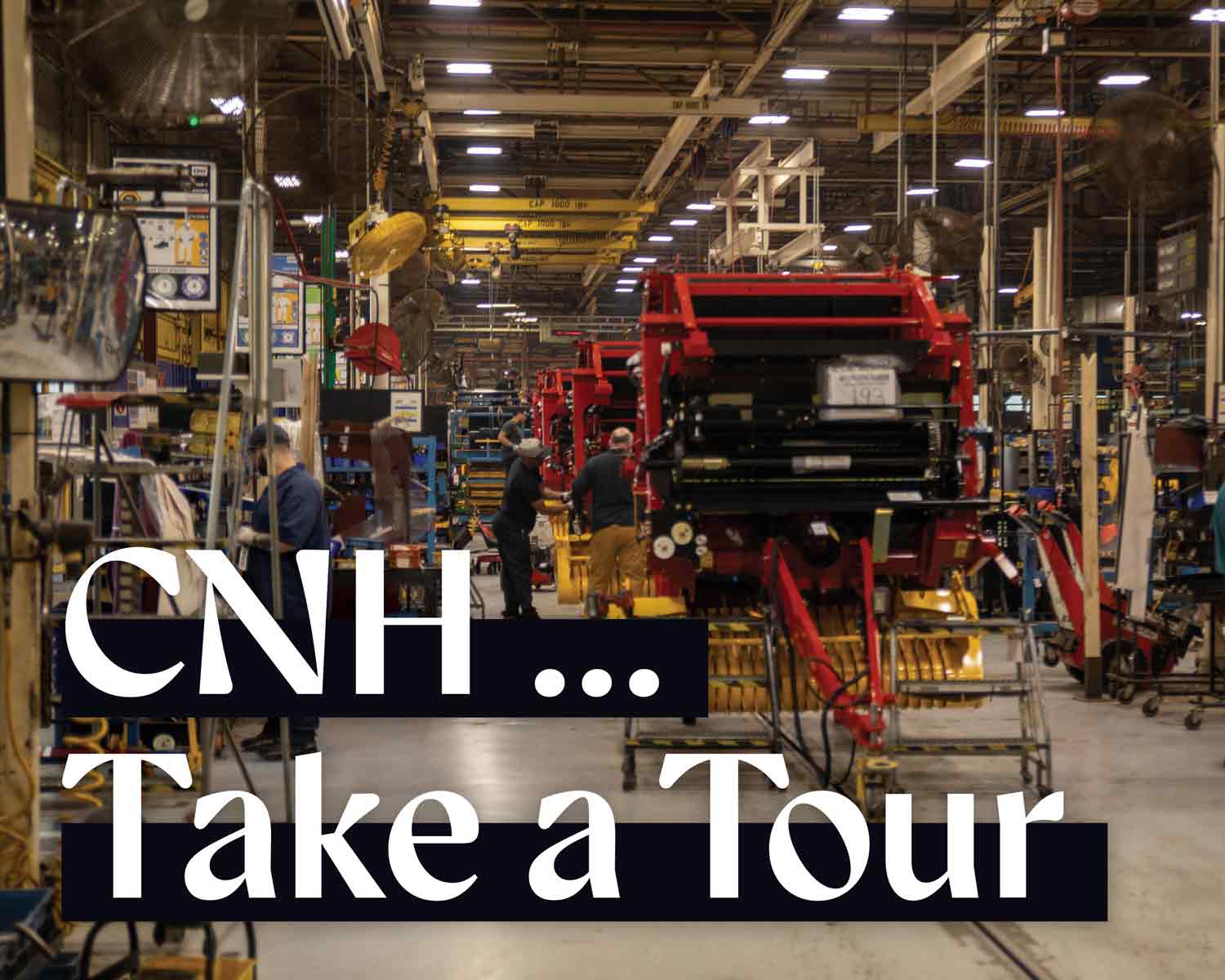
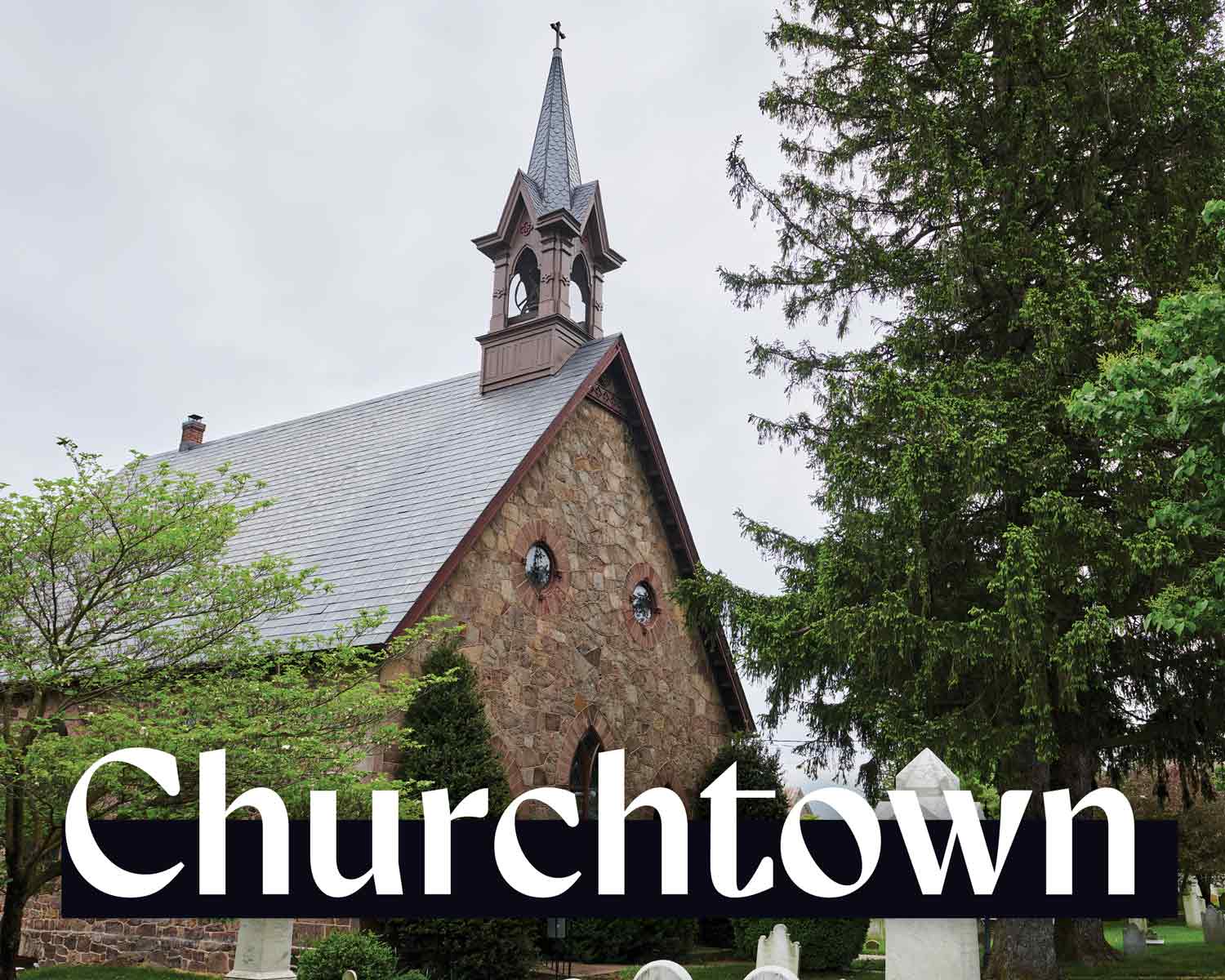
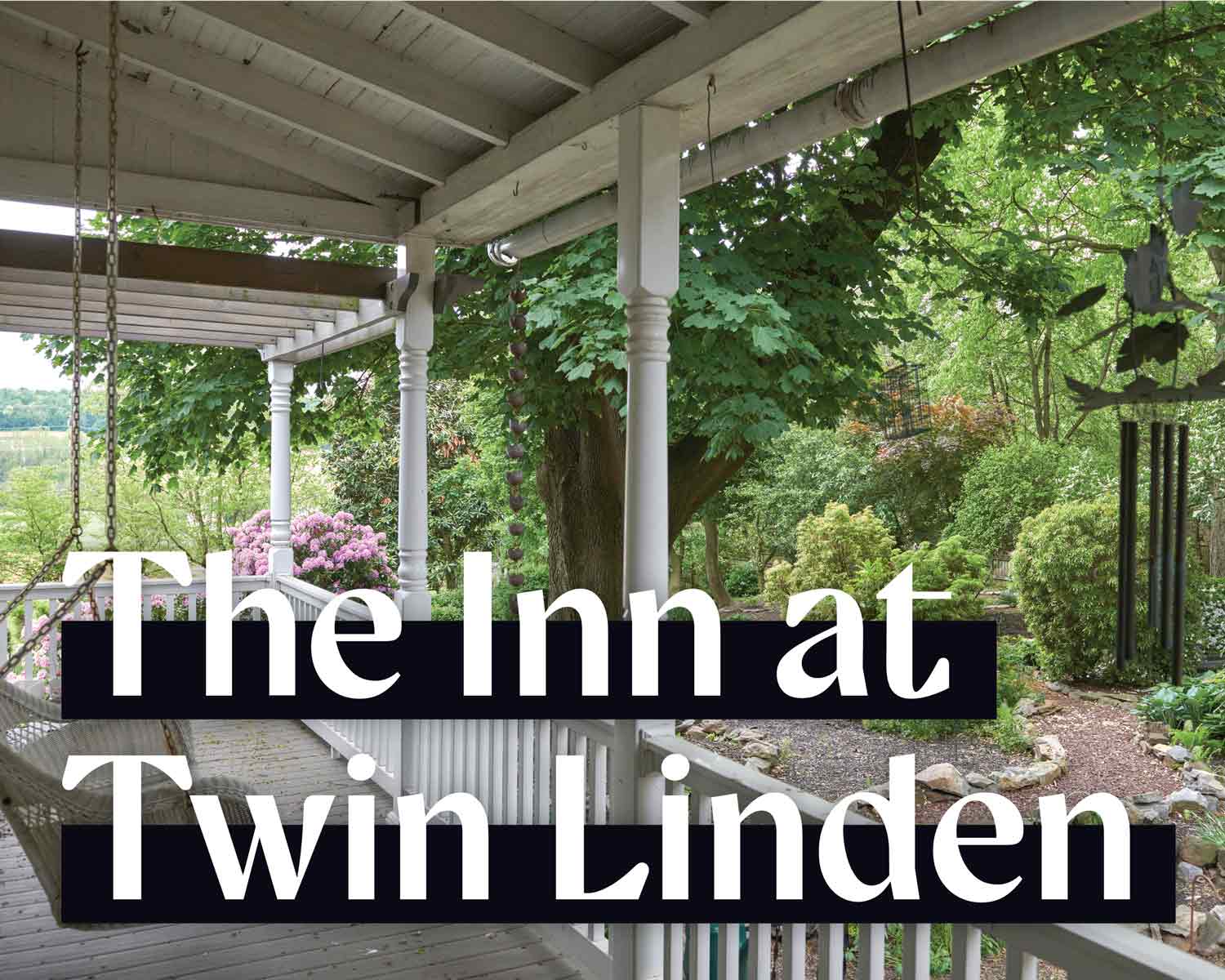

SHARE
PRINT